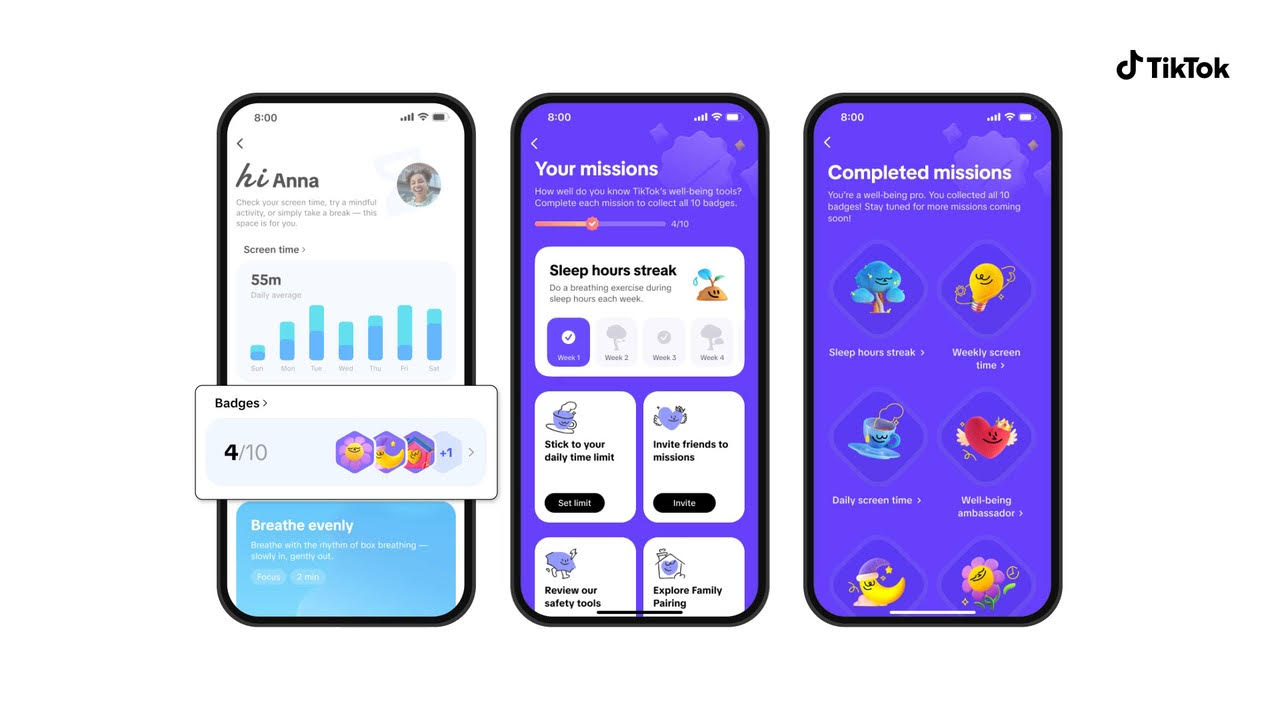
The abrupt decision by the Nepali government to ban TikTok on November 13, a platform deeply ingrained in the lives of millions, sent shockwaves throughout the nation. The statement that TikTok disrupted social harmony fueled debates, with opinions diverging on the appropriateness of the ban.
So what are the challenges that prompted the ban whereas TikTok has impacted Nepali society in both negative and positive ways?
User statistics and entertainment value

Fascinatingly, AI-calculated data reveals a staggering 2.2 million daily users of TikTok in Nepal, highlighting its ubiquity. Beyond being a mere source of entertainment, TikTok has evolved into a dynamic space for creative expression, providing a substantial source of income for influencers.
During the turbulent time during the Covid pandemic, the platform metamorphosed into a digital haven, offering not just entertainment but solace to individuals grappling with stress and confinement.
The pandemic has underscored TikTok’s role as a cultural phenomenon, weaving connections and fostering community spirit. It became a digital lifeline, a source of joy that transcended the isolation imposed by lockdowns. Its ability to bring people together, albeit virtually, during a period of unprecedented global uncertainty cannot be overstated.
In this day and age where people are too busy to go out and talk to people and have fun, platforms like TikTok, which brings a bit of joy to our lives are very important. Utilising it appropriately could lead to happiness and satisfaction.
The platform is a great medium for entertainment and spending leisure time. Watching and making TikTok can be very fun. Similarly, it has also provided a great platform for content creators. It gave income and popularity to many Nepali content creators.
Negative aspects and societal impact

However, the euphoria surrounding TikTok is tempered by a slew of challenges. Digging deeper reveals a landscape marred by disturbing and unethical content, with misinformation at the forefront.
Misinformation, a potent tool for sowing discord, has infiltrated the platform, becoming a source of societal tension. Unfortunately, it became a battleground for religious disagreements, potentially undermining the social harmony intrinsic to Nepal’s diverse fabric.
Issues such as the creation of vulgar content, the promotion of unrealistic beauty standards contributing to health issues, and instances of false marketing have left an indelible mark on TikTok’s reputation. The platform, at times, devolved into a hotbed for cyberbullying, phishing scams, and the dissemination of harmful content.
The government’s decision and societal harmony

In the wake of these challenges, the government’s decision to ban TikTok must be scrutinised in the context of societal well-being. This proactive stance signifies a commitment to addressing concerns related to misinformation, cyberbullying, and other disruptive elements on the platform.
Supporting this decision becomes crucial in promoting responsible usage, discouraging illegal activities, and reasserting the importance of preserving societal harmony.
In conclusion, TikTok’s impact on Nepali society is nuanced, reflecting both its positive contributions and the formidable challenges it poses. As the nation grapples with the aftermath of the ban, it necessitates not just a reassessment of TikTok but a broader dialogue about the role of social media in shaping societal values.
The path forward involves careful consideration of responsible usage, digital literacy, and a collective effort to navigate the intricate intersection of technology and culture in Nepal.
We as citizens must follow our government and using TikTok in any other way must be discouraged.























